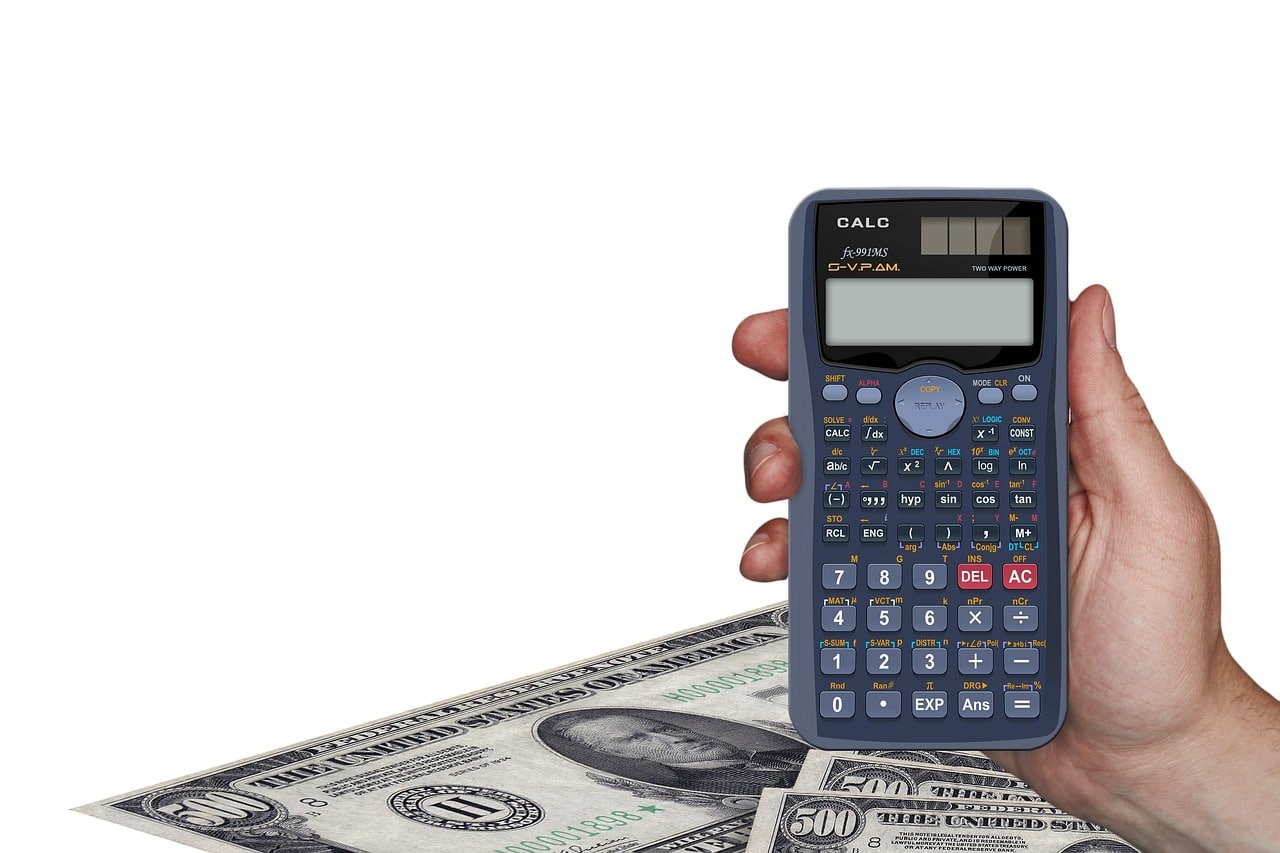How to Use Sinking Funds to Plan Ahead

Planning for future expenses often feels like a guessing game. From car repairs to holiday gifts, unexpected costs can sneak up and throw off even the most careful monthly budgets. That’s where sinking funds come in. These small, intentional savings pools make it easier to prepare for life’s recurring or big-ticket expenses.
Learning how to use sinking funds can help bring structure to your savings. Instead of setting money aside with no clear plan, you are giving each dollar a job. When you know exactly what you are saving for and when you will need it, you are more likely to stay consistent and feel more in control of your financial goals.
Key Takeaways
- Sinking funds help manage planned expenses by breaking them into smaller monthly savings.
- These funds are different from emergency savings and work best when tied to specific goals.
- Common uses include holidays, car maintenance, school costs, and insurance payments.
- Setting up a sinking fund takes minimal time and can reduce long-term financial stress.
- Keeping funds organized and contributions consistent supports better financial habits.
- Avoiding common mistakes, like skipping payments or combining goals, leads to better results.
What Is a Sinking Fund?
A sinking fund is a way to save money that helps you plan for specific future expenses. Instead of reacting to unexpected costs, a sinking fund allows you to set money aside little by little for something you already know is coming. This might include expenses like car maintenance, annual insurance premiums, or a holiday trip.
Unlike emergency funds, which cover unplanned events, sinking funds are meant for predictable costs. You can create a separate fund for each goal, making it easier to track progress and avoid dipping into your general savings. Many people find this approach helpful for managing expenses that occur once or twice a year but often come as a surprise.
How Does Sinking Funds Work?
Sinking funds work by setting aside a fixed amount of money each month for a specific expense. The goal is to have the full amount saved by the time the bill or purchase is due. This approach breaks larger costs into smaller, more manageable payments spread over several weeks or months.
For example, if you expect to spend $600 on holiday gifts in December, setting aside $50 each month starting in January can help you reach that goal without needing to dip into emergency savings. This method can be used for both short-term and long-term goals, including vacations, car repairs, or back-to-school shopping.
Around 64% of Americans say they have felt stressed about money in the past month. Creating sinking funds gives each dollar a clear purpose, which can reduce financial stress and help people feel more in control.
Most people manage sinking funds using separate bank accounts, labeled envelopes, or budgeting apps. Keeping the money clearly separated helps reduce the temptation to spend it on other things. Over time, this habit can turn into a steady routine that supports better financial planning and peace of mind.
Types of Expenses You Can Cover with Sinking Funds
Sinking funds can be used for a wide range of planned expenses. These include both one-time costs and recurring expenses that do not appear every month. By spreading out the savings over time, these funds help you stay prepared without disrupting your budget.
Here are some common categories where sinking funds are especially useful:
- Car maintenance and repairs: Covers oil changes, tire replacements, or larger repairs. AAA reports that the average annual cost of owning a vehicle exceeds $10,000, with maintenance making up a large portion.
- Holiday shopping: Helps spread out the cost of gifts, travel, and seasonal events across the year.
- Annual insurance premiums: Prepares you for lump-sum payments like auto, health, or home insurance renewals.
- School-related expenses: Includes back-to-school shopping, activity fees, and tuition-related costs.
- Home repairs and upgrades: Supports both routine upkeep and larger projects like appliance replacements or painting.
- Travel and vacations: Allows you to save ahead for transportation, lodging, and spending money without added debt.
- Medical and dental expenses: Covers out-of-pocket costs such as checkups, prescriptions, or unexpected procedures.
- Pet care: Helps manage vet visits, grooming, and supplies. Pet owners spend an average of $1,533 per year on routine care.
- Subscription renewals: Prepares for annual charges like software, memberships, or online services.
By identifying your most likely upcoming expenses, sinking funds help reduce the pressure of big payments and support a more stable savings routine.
How to Create a Sinking Fund That Actually Works
Setting up a sinking fund is a relatively quick process. With a clear goal and a few basic details, the process can be completed in less than an hour. Most of the effort goes into deciding what to save for and breaking that amount into smaller monthly contributions. Once the plan is in place, maintaining it becomes part of your regular routine.
- Step 1: Identify the expense: Start by choosing a specific expense you want to prepare for. This could be anything from a vacation to an annual insurance premium. Defining the purpose gives your fund a clear direction and keeps it separate from your general savings.
- Step 2: Calculate the total amount needed: Determine the cost of the expense. Include any extra charges, such as taxes or service fees. For example, if a yearly car insurance premium is $1,200, that becomes your savings target.
- Step 3: Set a timeline: Decide when you will need the money. The time frame helps you calculate how much to save each month. If the goal is 12 months away, dividing $1,200 by 12 gives you a monthly saving target of $100.
- Step 4: Choose where to keep the fund: Many people use a separate savings account to organize their sinking funds. Some use budgeting apps or digital envelopes. In fact, people who separate their savings by goal feel more confident about their finances than those who do not.
- Step 5: Automate or track your contributions: Consistent deposits are key to making the fund work. Some choose to automate their savings by setting up recurring transfers through their bank or app. Others prefer to track contributions manually. Both methods help build the habit and reduce the chance of missing a month.
- Step 6: Review and adjust when needed: Plans can shift over time. Checking in on your progress helps you stay on track and make adjustments if the timeline or goal amount needs to be updated.
Sinking Funds vs Emergency Funds: What’s the Difference?
The biggest difference between a sinking fund and an emergency fund lies in the level of control. A sinking fund gives you time to plan for a known expense, while an emergency fund steps in when life throws something unexpected your way.
One is proactive, the other reactive, but both play a key role in building financial stability. Here’s a detailed look at how they compare:
| Feature | Sinking Fund | Emergency Fund |
| Main Purpose | Planned and expected expenses | Unplanned and urgent expenses |
| Typical Uses | Holidays, insurance, travel, school supplies, car repairs | Medical bills, job loss, major home or car emergencies |
| Timing | Known in advance | Unknown or unpredictable |
| Savings Method | Regular contributions over time | Lump sum saved over time |
| Access Frequency | Used when the planned expense comes up | Used only during emergencies |
| Goal Amount | Varies based on specific need | Usually covers 3 to 6 months of living expenses |
| Account Setup | Can be kept in labeled savings accounts or budgeting tools | Often kept in a high-yield or separate savings account |
| Emotional Benefit | Reduces stress around recurring costs | Provides peace of mind during financial uncertainty |
Common Mistakes to Avoid When Using Sinking Funds
Using sinking funds can make saving feel more organized, but small mistakes can sometimes get in the way. These issues often arise from rushed planning or unclear goals, which can result in slow progress or frustration over time. Here are some mistakes to be mindful of:
- Setting up too many funds at once: Creating multiple sinking funds, in the beginning, can stretch your income across too many goals. When monthly contributions are too small to make noticeable progress, it can be discouraging. Focusing on a few key priorities can help build momentum.
- Underestimating the full cost of a goal: It’s easy to overlook smaller details like taxes, service charges, or seasonal price changes. For example, planning a trip without accounting for baggage fees or local transportation can leave you short on funds when the time comes. Including every part of the expense helps avoid surprises.
- Skipping or delaying contributions: Missing a month or two may not seem like a significant issue, but it can delay your timeline or require you to catch up later. Even smaller, consistent deposits can keep your progress steady and reduce the pressure to make up for lost time.
- Mixing funds without clear labels: Keeping all your sinking fund money in one place without tracking each goal can create confusion. You might end up using vacation savings for a car repair without realizing it. Using separate accounts, subfolders in budgeting apps, or even labeled envelopes can help keep everything organized.
- Spending the savings too early: Sinking funds are most effective when used only for their intended purpose. Tapping into the fund for unrelated expenses can set you back. Placing the money in an account that is slightly harder to access may help reduce the temptation to dip into it.
- Not reviewing or adjusting goals: Life changes, and so do financial plans. A fund that made sense six months ago may no longer be a priority. Checking in on your sinking funds every few months allows you to shift focus, increase contributions, or pause certain goals as needed.
Conclusion
Sinking funds provide a straightforward way to prepare for future expenses without putting pressure on your day-to-day finances. By setting aside small amounts for specific goals, it becomes easier to manage higher costs without relying on credit or dipping into emergency savings.
This approach works well for both planned events and seasonal spending. With a clear system in place, you gain more control over your money and more confidence in your financial routine. Over time, sinking funds can turn saving into a habit that supports stability and peace of mind.
Platforms like Focus Group Panel can support that habit by offering opportunities to earn extra income through paid research. Whether it’s a product test or a focus group, these small payouts can feed directly into your savings goals. It becomes easier to fund future expenses when each study helps move you closer to a plan that already feels manageable.
FAQ
How many sinking funds should I have at once?
There’s no fixed number. Some people prefer to keep just two or three, while others manage several based on their lifestyle and priorities.
Do I need a separate bank account for every sinking fund?
Not always. Some people use one account with detailed tracking, while others prefer separate accounts or budgeting apps with category folders.
What’s the best way to track my sinking fund progress?
Many people use budgeting apps, spreadsheets, or even a basic notebook. The key is choosing a method you will stick with.
What happens if I reach my goal early?
Once the goal is reached, you can either stop contributions, redirect that money to another fund, or start planning for the next round of the same expense.





